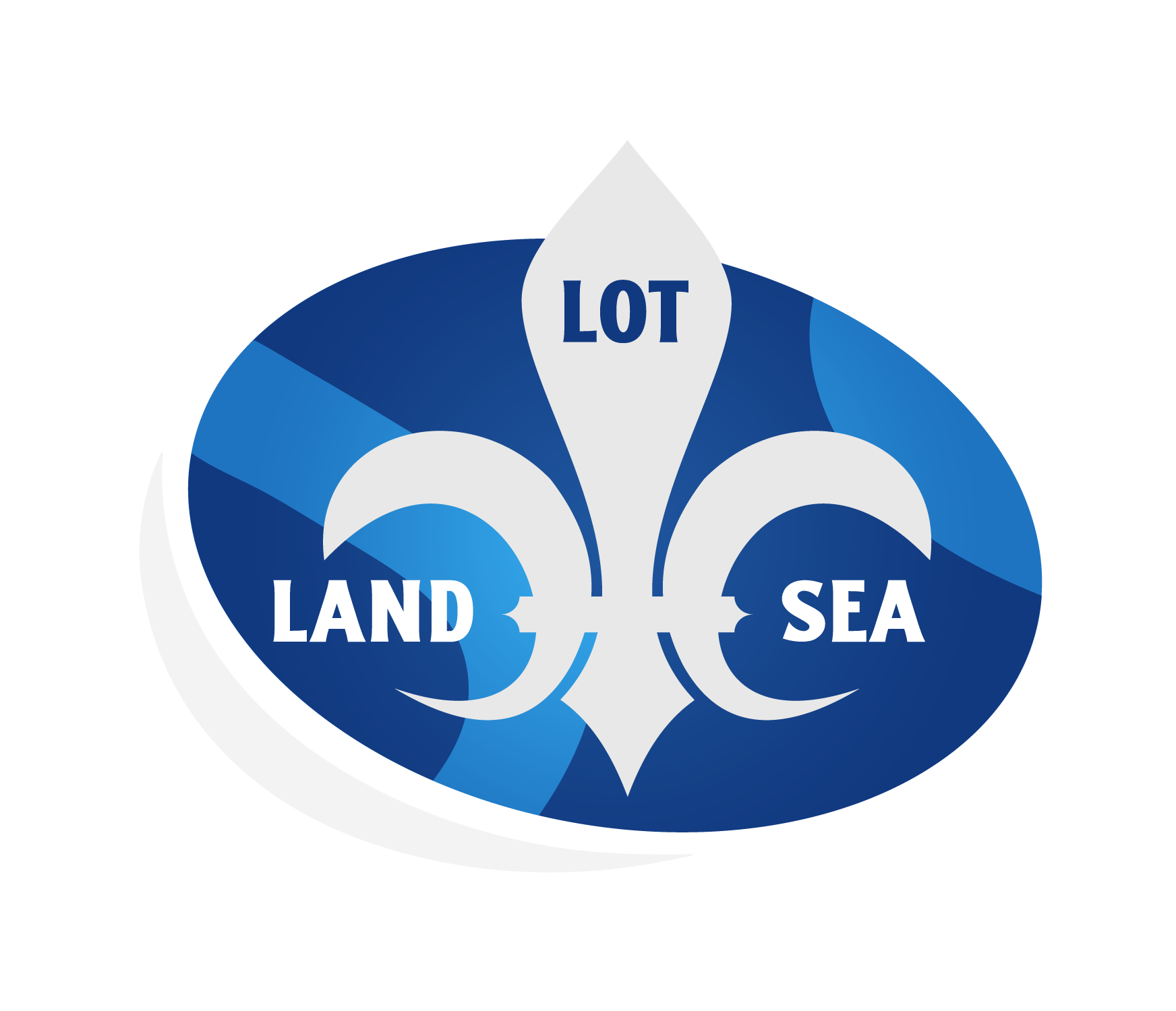Currently there are many communities making land-sea interface observation data available across various scientific domains (e.g., in situ, satellite, citizen science). Yet, there is no agreement on a common observation strategy guiding collaboration between communities. LandSeaLot’s overarching objective is to defragment these communities, bringing together scientific expertise with relevant stakeholders to co-design a common strategy, which will address observation challenges, streamline and improve the existing systems across domains that will be validated through pilot initiatives in the LandSeaLot Integration labs (LIBs) while addressing nine societal and environmental challenges.
LandSeaLot will achieve this goal through the following eight specific objectives:
Defragmenting communities and improving governance for observation of the land-sea interface by linking scientific observation communities (in situ, satellite, modelling, and citizen science), Research Infrastructures (i.e. DANUBIUS, JERICO, ICOS), European and international stakeholders (i.e. ESA, European Environmental Agency, Copernicus Marine, Land and Climate services, EMODnet and GEOSS) towards co-designing a Common Observation Strategy for the land-sea interface.
Developing interoperability standards to harmonise in situ, satellite, and citizen science data, improving data exchange and collaboration across observing communities.
Deploying citizen science and low-cost sensors to fill observation gaps, empowering citizens to contribute to environmental science, developing data management solution to ensure FAIR data flows to European aggregators (i.e., EMODnet).
Identifying and addressing data gaps across observation communities (in situ, satellite, modelling and citizen science) through common protocols, multi-sensor satellite products, and modelling approaches.
Enhancing land-sea modelling and forecasting capacity to support the development of the European Digital Twin Ocean (a digital replica of Ocean systems and processes), integrating observation-based products with satellite data and in situ observations.
Bringing together experts from JERICO-RI, DANUBIUS-RI, and ICOS-ERIC, alongside leaders in citizen science, policy, and coastal management, the LandSeaLot Integration Labs (pilot centres) aim to customise integrated observations. These observations will offer insights to tackle local challenges, encompassing assessments of lateral carbon flux and stock, plastics transfer, nutrient impact on primary production and eutrophication. The LandSeaLot Integration Labs will support biodiversity conservation, improve modelling capabilities, and assist in climate change adaptations such as storm surges, floods, heat waves, coastal erosion, and saltwater intrusion. such as storm surges, floods, heat waves, coastal erosion, and saltwater intrusion
Establishing mechanisms for long-lasting commitments to the Common Observation Strategy and engaging organisations in developing data aggregators and interoperability standards.
Sharing strategies, standards, key takeaways and best practices through policy briefs, training sessions, and engagement with European and global initiatives to bolster European leadership in land-sea interface observation.



LandSeaLot has received funding from the European Union’s Horizon Europe Framework Programme for Research and Innovation under grant agreement No 101134575. Views and opinions expressed are however those of the author(s) only and do not necessarily reflect those of the European Union or European Research Executive Agency. Neither the European Union nor the granting authority can be held responsible for them. UK participants in Horizon Europe Project LandSeaLot are supported by UKRI grant numbers: 10109592 University of Stirling and 10107554 Plymouth Marine Laboratory.
©2024 LandSeaLot | Privacy Policy | Cookie Policy | Website by Seascape Belgium
To provide the best experiences, we use technologies like cookies to store and/or access device information. Consenting to these technologies will allow us to process data such as browsing behavior or unique IDs on this site. Not consenting or withdrawing consent, may adversely affect certain features and functions.